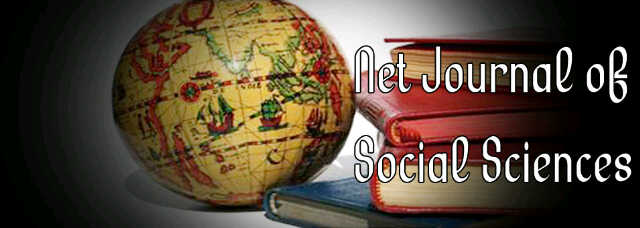Health of the population in Iran
Nima Mohamadnejad, Abbas Asari-Arani, Sajjad Faraji-Dizaji and Gholamreza Keshavarze-HaddadNet Journal of Social Sciences
Published: January 23 2019
Volume 7, Issue 1
Pages 1-14
Abstract
It is in a great demand to address fundamental questions about the value of the health, and the proper allocation of health related funds. We applied a dynamic programming approach to Grossman’s model of health demand and made some changes to fit the socio-economic properties of Iran’s economy as a representative developing country. We applied data on Iranian Households Budget Survey to get age-specific information on their income, health and non-health consumption. This study distinguished between various types of measures of value of life which is important in identifying target groups. We valued the life of Iranians by considering age and time variations, and then introduced a method for measuring the health capital that varies by age through time and fits within the framework. The main conclusion was that value of life of an Iranian is estimated to be less than it was during the past decade, while the health capital is higher. We concluded that even if the monetary value of the life of a group of people increases, investing in their health may not be economically justified which is a unique property of a developing country.
Keywords: Health capital, value of life, utility, health production function.
Full Text PDF
